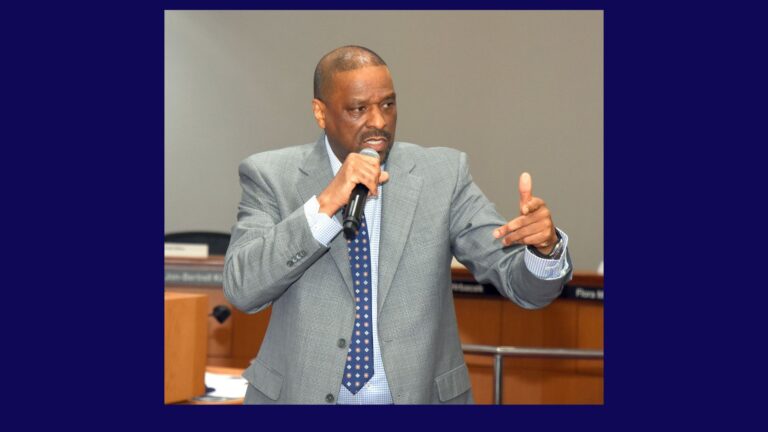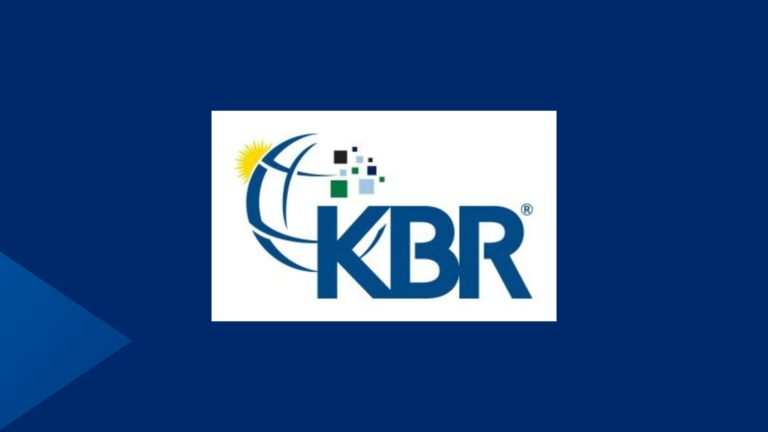
HOUSTON — CenterPoint Energy announced the completion, ahead of schedule, of core resiliency actions as part of the first phase of its Greater Houston Resiliency Initiative (GHRI) – which included a series of targeted actions to improve the resiliency of CenterPoint Houston Electric’s grid this hurricane season.
In addition, in a letter to lawmakers, the company also announced a series of resiliency actions, including: (1) a second phase of GHRI, which will include system hardening, strategic undergrounding, self-healing grid technology and further enhancements to the company’s outage tracker; and (2) a longer-term proposal – which will be filed after discussions with stakeholders, elected officials, and customers – of approximately $5 billion in resiliency investment from 2026 to 2028, potentially doubling its prior planned investment.
“We have heard the call to action from our customers and elected officials, and we are responding with bold actions. Our defining goal, going forward, is this: to build the most resilient coastal grid in the country that can better withstand the extreme weather of the future. To achieve this ambition, we will undertake a historic level of resiliency actions and investment, because this is what the people of the Greater Houston area expect and deserve,” said Jason Wells, CenterPoint President and CEO.
CenterPoint’s Plan of Action
CenterPoint’s resiliency plans include a series of immediate, near- and longer-term actions, some of which the company has already begun, including the immediate first phase of GHRI.
Immediate Actions: Completed Ahead of Schedule
CenterPoint undertook a series of actions as part of the first phase of its GHRI to immediately strengthen the electric system and address heightened risks posed by the current hurricane season. During this phase, more than 2,500 employees and contractors were mobilized and, as of August 27, the company has successfully completed all three core resiliency actions ahead of schedule, including:
- Installing more than 300 automation devices to help reduce the impact of outages during storms; (completed on 08/11/24)
- Installing more than 1,000 stronger poles that can withstand more powerful winds (completed on 08/20/24); and
- Trimming and/or removing hazardous vegetation from more than 2,000 miles of power lines (completed on 08/27/2024)
In addition to this immediate resiliency work, CenterPoint has completed 39 of the 42 critical actions previously identified as part of its broader GHRI plan. To learn more about this immediate phase of progress, visit CenterPointEnergy.com/TakingAction.
Near-Term Actions (September 1 to June 1, 2025)
CenterPoint will launch the near-term phase of its resiliency actions on September 1, which will include additional actions to further: 1) strengthen grid resiliency, 2) improve public and customer communications and 3) strengthen local, community and emergency partnerships in preparation for this winter and before the 2025 hurricane season. Actions, such as further hardening of the grid, a year-round campaign on safety, and joint preparedness exercises with local emergency management offices, are outlined in the attached letter to lawmakers. The company will provide a more detailed work plan and schedule for this second phase of actions by September 30.
Longer-Term Actions (2026-2028)
As part of its longer-term strategy, CenterPoint will also propose investing approximately $5 billion from 2026 to 2028 – the largest investment in Greater Houston infrastructure in the company’s nearly 160-year history. The mission of this longer-term plan of action is to build the most resilient coastal grid in the country by investing in a smarter grid of the future that can better withstand a broad spectrum of risks. The proposal, and the entire scope of these actions will be outlined in a new system resiliency plan that is expected to be filed with the Public Utility Commission of Texas on or before Jan. 31, 2025. The new system resiliency plan will be shaped by feedback from customers, external experts, and other stakeholders, including elected officials and local agencies.
Addressing Temporary Emergency Generation Concerns
In its letter to lawmakers, the company also committed to evaluating the role of large-scale temporary emergency generation and apologized to lawmakers for not communicating more clearly to them about the cost and the limitations of such large-scale units as it worked to find solutions and protect Texans from the devastating impacts of extreme winter weather in the months following Winter Storm Uri. CenterPoint is undertaking a series of actions to address this issue, including a proposal to forego approximately $110 million in profit, which is equivalent to more than half of the equity earnings from the company’s lease of temporary emergency generation.
Reinforcing Commitment to Customer Affordability
CenterPoint says it remains committed to affordability, as reflected by the fact that customer rates that pay for the Transmission & Distribution system have remained relatively flat over the past 10 years. CenterPoint will continue to prioritize affordability, including by conducting an independent third-party assessment of the benefits and costs of these longer-term investments.
Source: CenterPoint Energy







